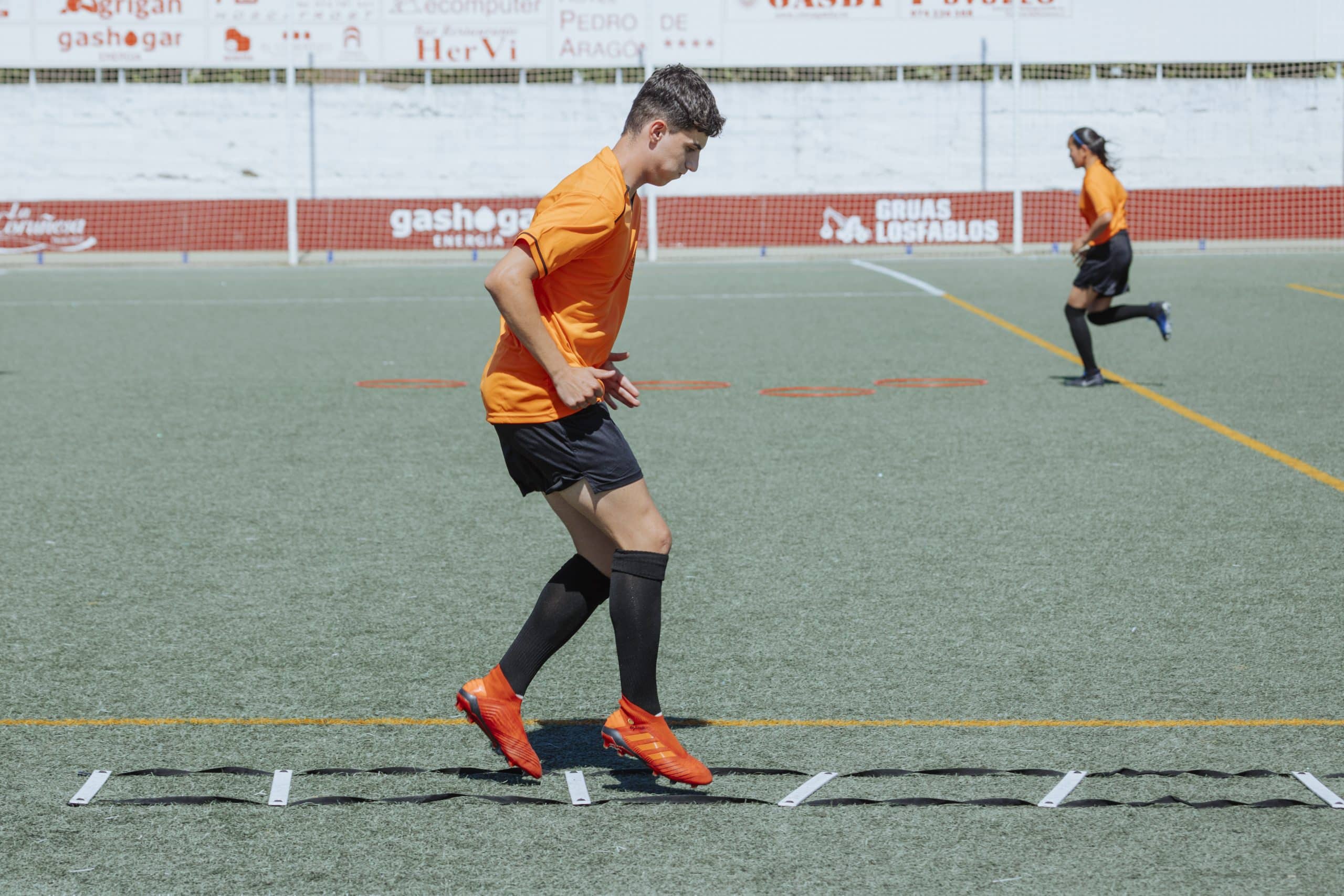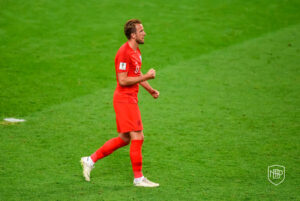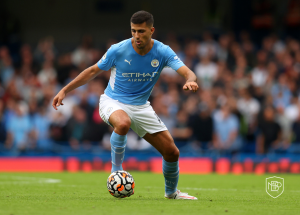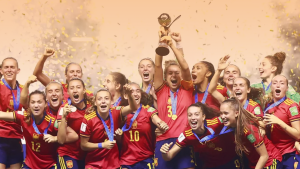We can observe how the evolution of modern football has had a clear tendency to maximise the conditional aspects of the players, so that they are able to apply more power, be more protected against possible injuries, be faster and withstand high intensity efforts for a longer period of time.
Given this situation, can we say that the stronger our players are, the faster they will be? In our opinion, physical preparation and the development of strength must be linked to the demands of our own game model and trained through the different game situations that the player encounters in the match.
“But… how do we transfer those strength gains to on-field situations?”
In the 1990s, Professor Seirul-lo began to develop physical preparation through the levels of approximation together with the contributions of Xavi Schelling and Gerard Moras, which would later be known as Structured Training in Team Sports.
These levels broke down the different areas of strength that are found in the game (strength for duels, strength for jumping, strength for movement and strength exerted on the ball) and structured strength work from lower to higher specificity (general, directed, special and competitive) in relation to the specificity of the task in competition (also shifted the focus of strength development from muscles to movement patterns).
A further contribution was made by the transformation chains, which consist of training a range of movements of an area of strength through three tasks:
1. A fundamental exercise (general),
2. A complementary or compensatory exercise (generic or general in nature).
3. And finally an application exercise (directed) with the aim of seeking that transfer of strength towards the technical movement of the sport.
At a fourth level we would have special or competitive tasks, which would be performed on the pitch.
Currently between 2019 and 2020, through the publication of 3 articles, Professor Seirul-lo and his colleagues have differentiated between Coadjuvant Training (with the aim of preparing the athlete to train) and Optimising Training (preparing the player to compete). This perspective tries to approach training in team sports by taking into account the globality of the structures that form the player.
“Coadjuvant Training (preparing the athlete to train), Optimising Training
(preparing the player to compete)”.
Looking more deeply into the Coadjuvant Training, the structured microcycle takes into account different types of sessions, all of them with different focuses depending on the needs of the player.
– Preventive: General and/or directed nature dedicated to the protection of the athlete from internal or external factors.
– Restoration: Dedicated to optimising the player’s means of recovery after intense training sessions.
– Structural: Dedicated to developing the different forms of general strength, largely decontextualised from the sporting discipline.
– Specific Qualities: Breakdown of the game into areas of work, content and an alternative of this content according to its orientation and levels of approach.
Each of these sessions will be developed in different moments of the microcycle considering the phase in which our player is and the needs to be covered.
Bibliography:
Gómez, A., Roqueta, E., Tarragó, J. R., & Cos, F. (2019). Training in Team Sports: Coadjuvant Training in the FCB. Apunts: Educació Física i Esports, (138).










